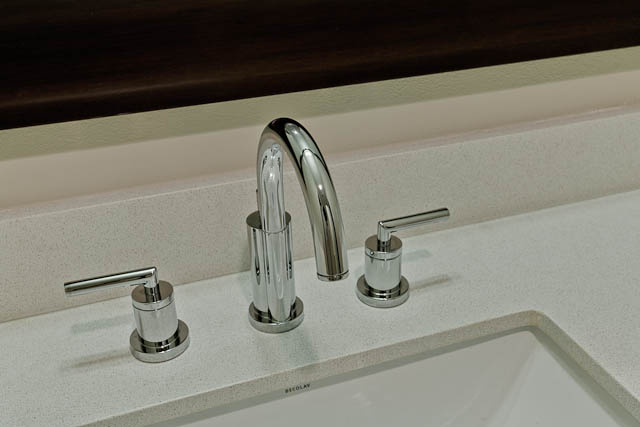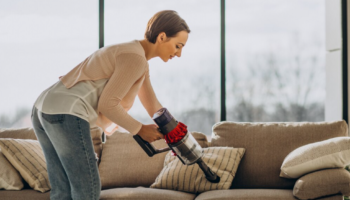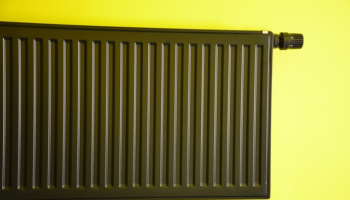There are certain DIY jobs that don’t take a long time to do but take some initiative to learn. One of these is sealing leaks or damp patches in your home: mysterious flaws in your home’s design that many simply choose to live with and get used to over time. Happily, you don’t need to: there are several ways in which you can banish leaks in your home for good, even those that seep ever-so-slowly around your home. Below, you’ll learn how.
Finding the Source
If you have a leak in your home, the key to getting it sorted on your own is in finding the source. Sometimes the source will be a kind of slow-leak in your home, creating damp patches. Perhaps behind your wall, there is a slightly leaking pipe, which is causing your damp patch.
Elsewhere, and especially in bathrooms and kitchens, you’re looking for any sign that your water-based appliances are leaking, creating patches of damp or water around your home. It’s in these areas that you want to be particularly careful, as a sudden rupture in the pipes of your washing machine, say, can cause a devastating and costly flood in your home. Take time to locate the source of your leak or leaks before planning your sealant strategy.
Sealant Options
There are several ways in which you’ll be able to seal a leak in your home without hiring in a handyman to do it for you. Most leaks are minor issues that you’re able to cope with if you invest in the right equipment and follow online instructions shared over YouTube and specialist DIY websites.
If your leak is coming from a pipe, there’ll be corrosion on your pipe – it’ll therefore be worth replacing that length of pipe. Check the screw connectors on the pipe, too – sometimes, these get loose. If your sink, bathtub, shower, or toilet are playing up a little with leaks, you should turn to resin-based sealants. By using casting resins on your leak, you’re able to perfectly fill in the gaps that the leak is passing through – saving your family from long-term leak issues down the line.
Other Options
You do have other options for sealing a leak other than using a sealant. This all depends on the kind of job that you have on your hands – and what kind of time you have to devote to your project. For instance, some leaks are more serious than others and cannot be sealed without potentially relocating the damp to under your floor or behind your walls. Sealing such leaks can actually cause more damage to your home over time.
As such, it’s worth experimenting a little with your damp spot in order to really understand why it’s getting damp and what you could do to shut the damp off at the source. Water in your home should always be contained within pipes, which sometimes leak. But there are other places that water can escape – like from the fixings, sealed components, and joints of your bathroom furniture. If these are cracked and old, your best option to fix your leak will be to buy a new sink, bathtub, or toilet.
Monitoring Fixed Leaks
When you’ve applied sealants or you’ve changed pipes in your bathroom or kitchen, you need to make sure that your fix is a lasting one. Sometimes, by fixing a leak in your pipes, you’ll find that the problem relocates to a different part of your plumbing, as the water pressure alters around your home. Meanwhile, some sealant fixes are only partial and need touching up.
Use a dry piece of toilet paper or kitchen paper to dab around the previously damp spot to see if there’s any sign of continual leaks. If you can see that there’s still fresh dampness in the area that you attempted to fix up, it’ll likely be worth you trying another sealant job on your leak – removing the previous sealant in order to fix it better the second time around.
Pipes and Plumbing
A few extra tips on pipes – which are running all over your home, behind and within your walls. If you know your home’s age and your pipes, you’ll be able to predict with a rough accuracy at what time your pipes will need replacing. Talk to a plumbing service for advice if you’ve noticed multiple leaks from your pipes in recent years.
Meanwhile, be sure that when you’re toying with your pipes – and especially when you’re replacing sections of pipe – that you turn off your water at the mains valve to your home. That way, you can do your work in the dry.
Getting leaks dealt with really is a simple DIY job if you have the equipment and the knowledge to deal with it on your own – and happily, this article provides that knowledge.






